There are a few exceptional self-taught artists in India who have found art accidentally and embraced it wholeheartedly. Artist Madhvi Parekh has acquired an important role as a model of exceptional skills and techniques, which she has been toying with everyday.
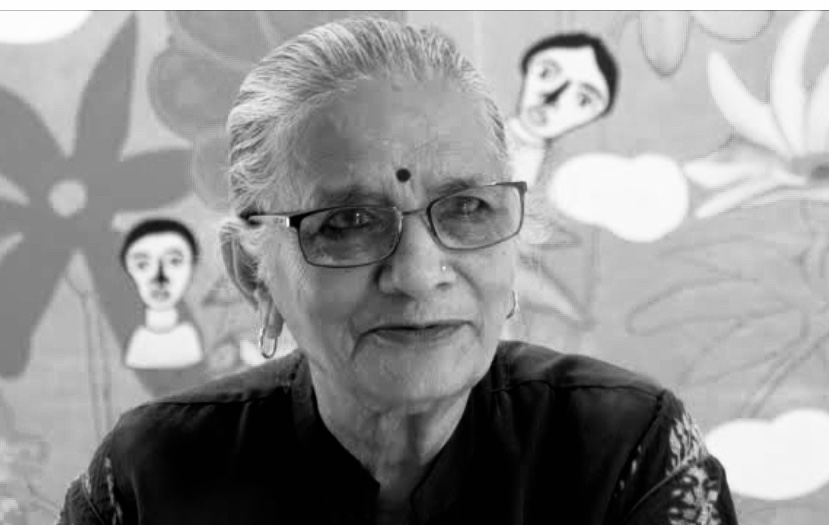
Since the beginning, her art has a very involved quality with the richness of history and the skills of story-telling, especially of the tribalistic variety which she further embellishes with urbane imaginations. She even alludes to the religious Hindu mythological narratives while also attending to the folk-lores and folk-styles of art-making in India.
Viewers tend to become witnesses to her several styles ranging from fauvism to divisionism and to other similar neo-impressionist styles in her work. While her artwork constantly explores the beauty of forms in nature, her art also extends itself to the idea of distorting them to see where that leads her.
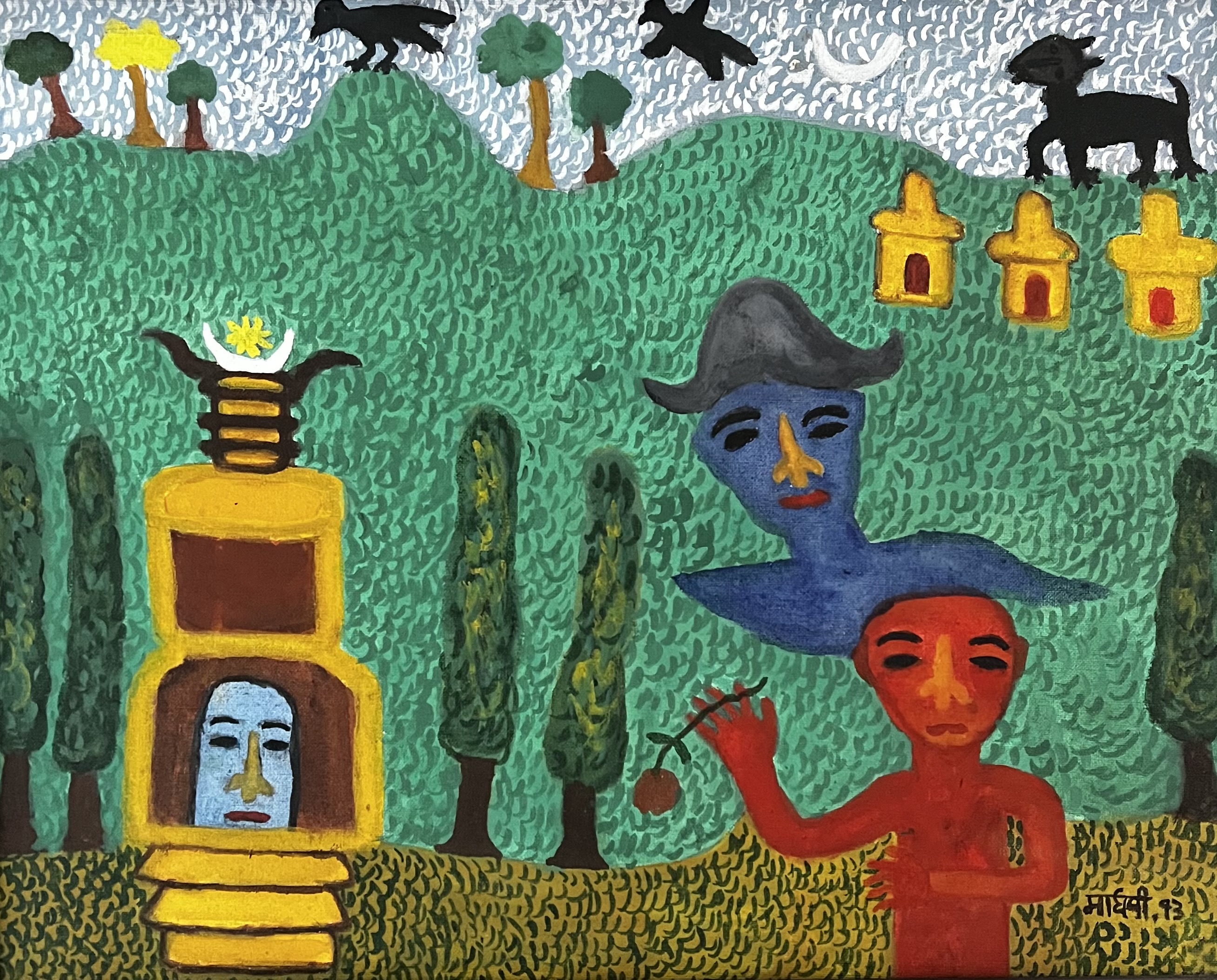
The audiences around the world are always triggered to respond to her unparalleled imagination in any case. Her recent exhibit in collaboration with Dior in Bombay also showcased her ability to look beyond borders. There were artworks framing the African native narrative on the female myth, projection, and body.
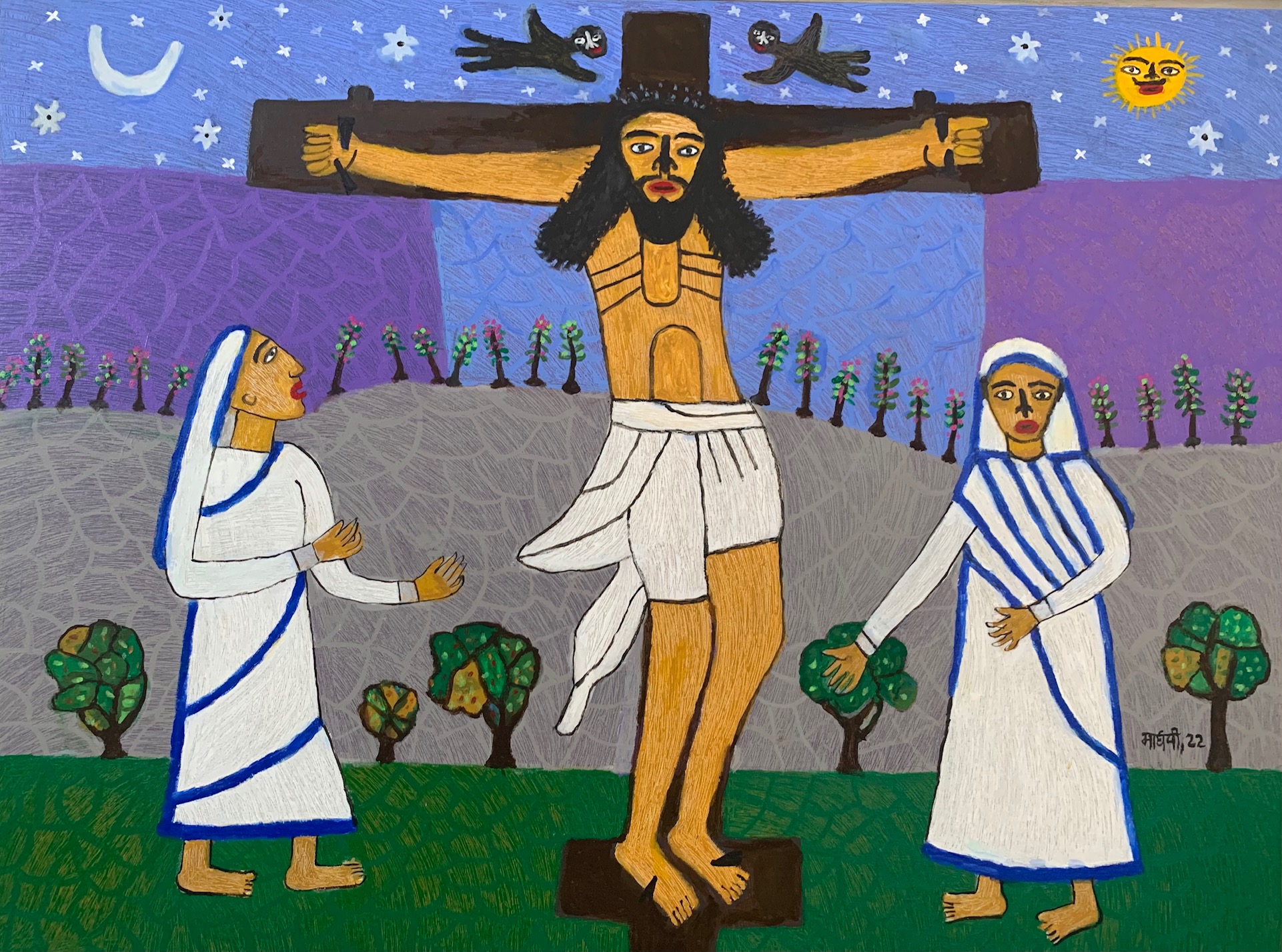
Interestingly, in all of Parekh's unparalleled imagination, we are exposed to a world of visual intricacies woven together through layers constructed by myth-making and the return to history. Here, history is muddled in fictive and collective knowledge, where myth becomes a source of reflection or just, merely, a means to voyage a return to a collective memory.
Several works that respond to the western narratives are exciting reminders of the power an artist is equipped with, especially at a time when we are at the threshold of technological miracles and easier or more organised archiving means.
Parekh's artworks framing Jesus Christ's journey to human salvation have been insightful reimaginings of the likes of Leonardo da Vinci or, even, Carlo Crivelli. Her artistic 'drawings' on Christianity invokes a special Indian engagement with colonialism and the question of global 'raciality' quite extensively.
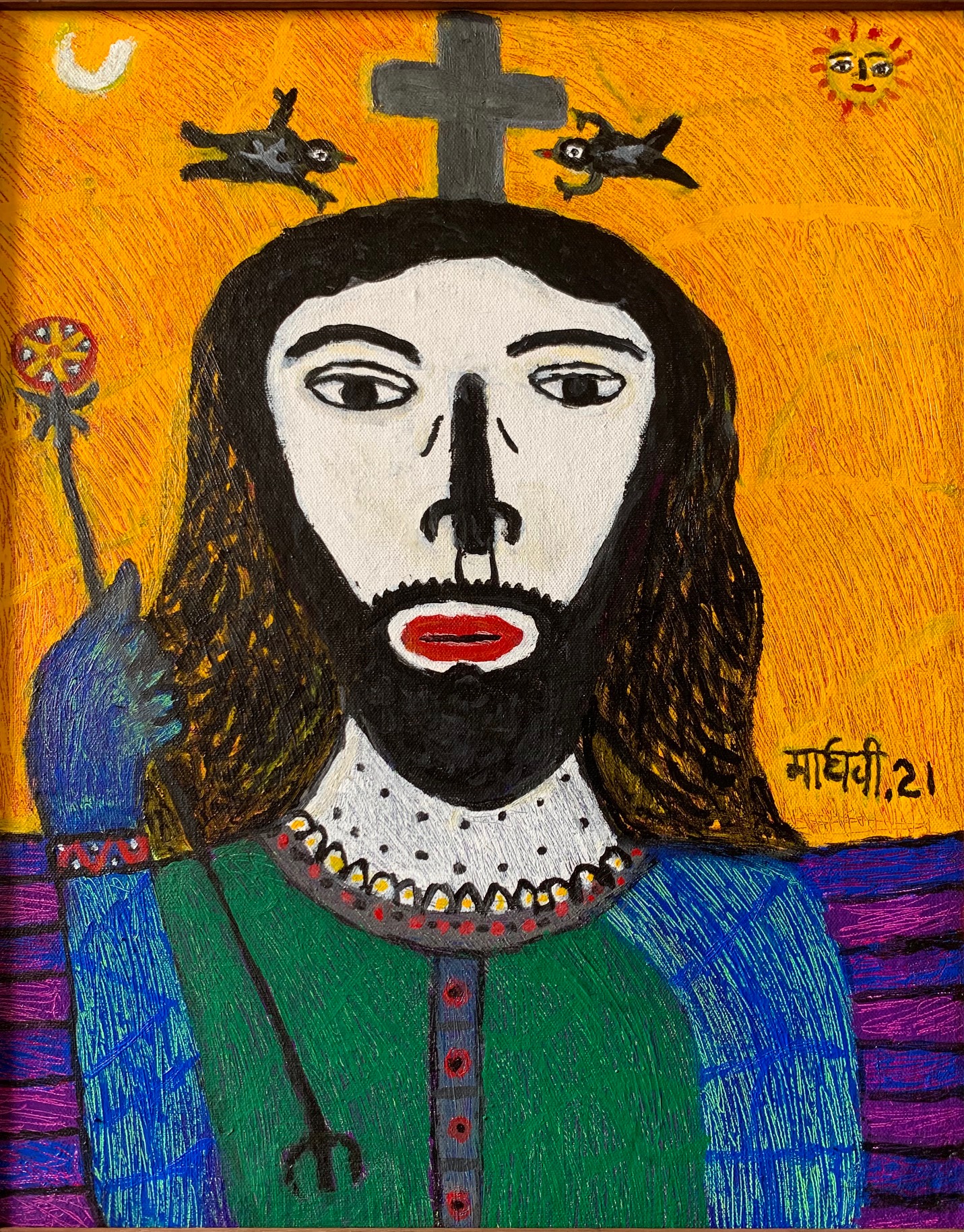
This raciality can be read as an interesting insight into miscegenation as it was ingrained as a disregard of ethics in European societies, especially prior to independence. Parekh may have little words to spare on the subject, but it is interesting how her artistic oeuvre collaborated with the Postmodernist thinkers (albeit, unknowingly). Her art explores past colonial histories and moves to areas of the determined immediate practices
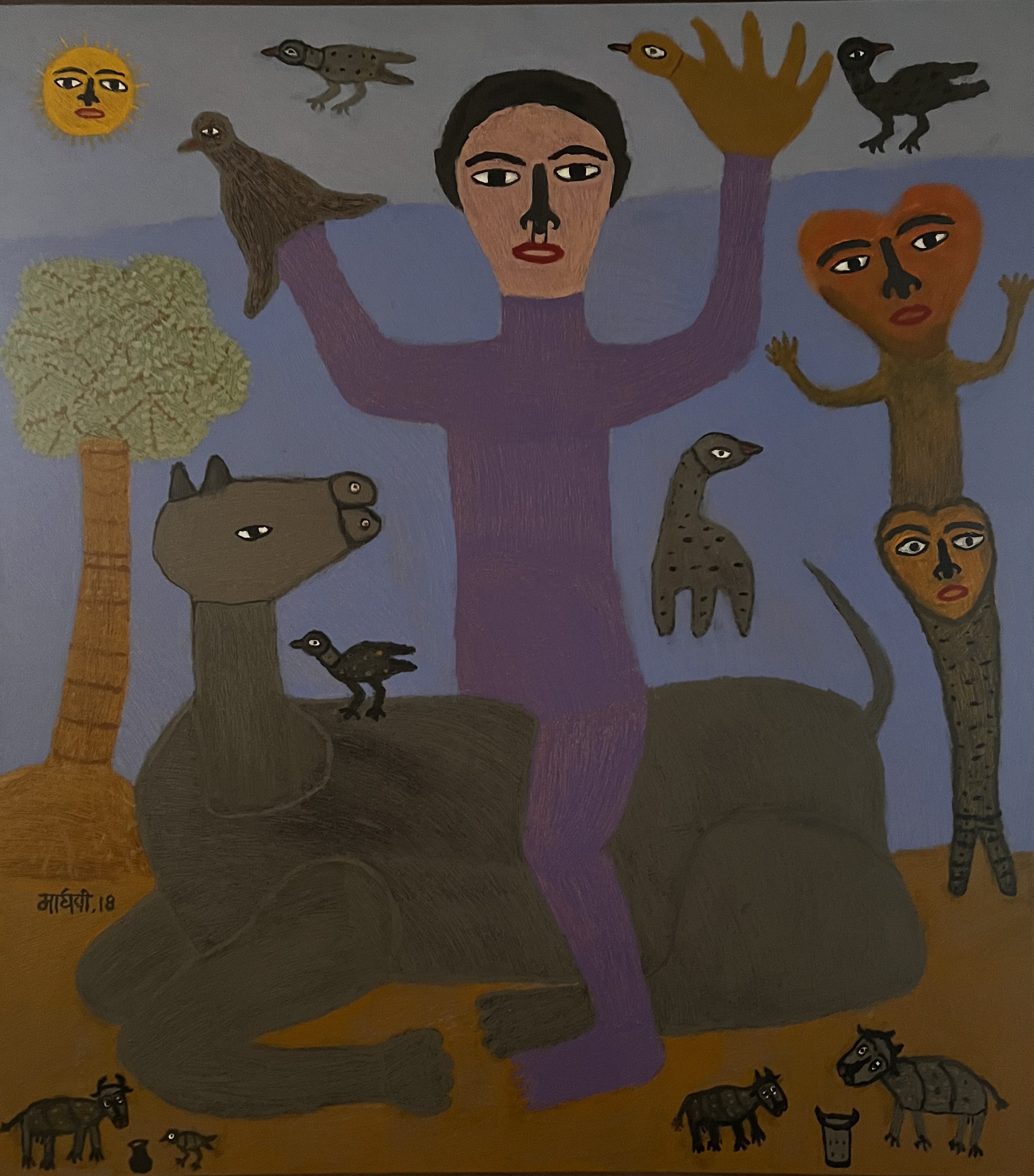
These are, perhaps, done to expound on this moment where the contemporary imagination in iconography is far lucid in its entirety. The colour palette in her works are bold and vibrant, reverberating the luminosity of colour theory and additive mixing. Again, this constant acquisition of skills and techniques in her work is difficult to limit to certain European movements or techniques. Parekh also revisits the several folk art styles that are dominant in India. Perhaps, she even reimagines the warli and the iconic figures of the Pithora schools.
It has been noted by several prominent art-critics and writers that Parekh involves the pichwai, kalamkari, and rangoli traditions in her art. These styles create an interesting oeuvre of motif-making and she spices her art with legendary tales from her village Sanjaya which is near Ahmedabad, Gujarat. Cities like Delhi, Mumbai, and Kolkata also played a vital role in building her art language. There's a sense of diversity in her work due to all these experiments with styles but her thematic concerns are fairly magical and, relentlessly, lend her brush-strokes flavours of mystical and mythological incentives.
Several references to Gods and Goddesses from the Hindu religious beliefs are also common subjects in her work. They are shown as sources of tales twisted and twirled in their own representations. There is evidence that the artist may have occasionally found her own visual voice seeping through in portraying them.
The waverly lines projecting the insect-like impression on her figures return her viewers to look at the role of these iconic presence in a new light, where her viewership is also exposed to her reflections on 'metamorphic' experiences as seen in nature and in everyday life.
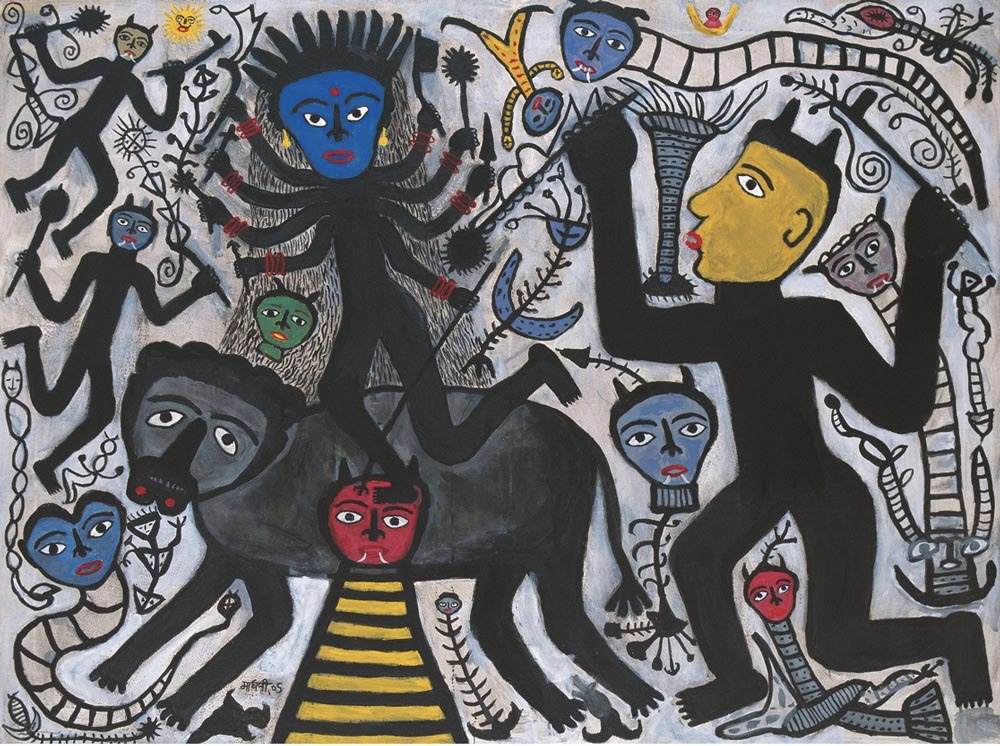
Parekh relies on her quests for creation, where her journey is recreated on her canvases through her own quests for magic and surreal imaginations. It is interesting that she has, repeatedly, stated that her artistry began with Paul Klee's Pedagogical Sketchbook that was presented to her by her artist husband Manu Parekh during her pregnancy.
It almost reinstates the element of designs and colours, and her popularity as a revered artist of Indian Modernism.

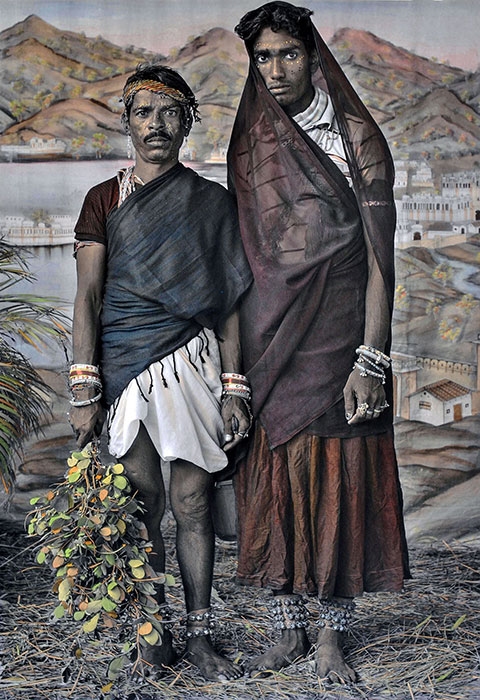

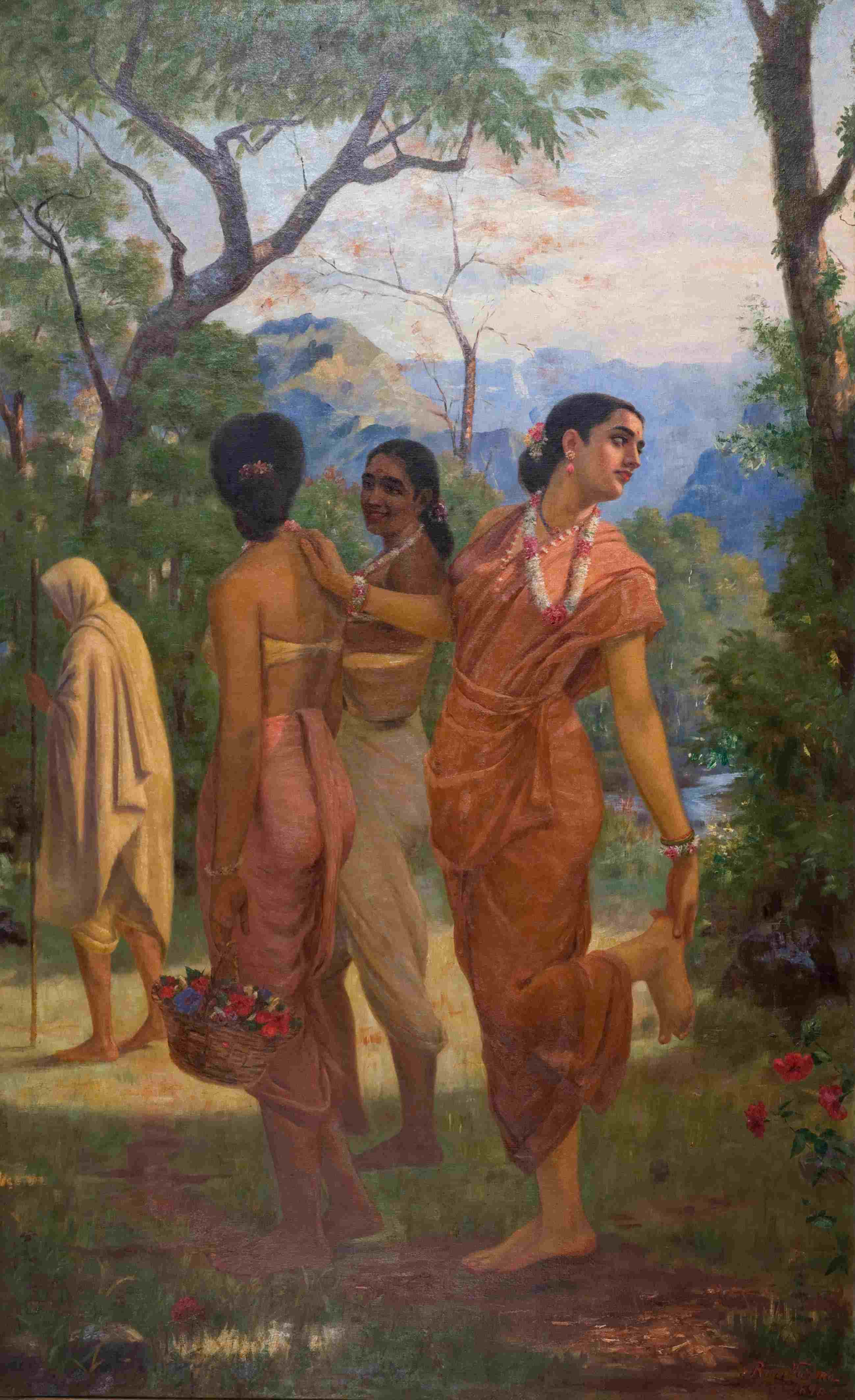
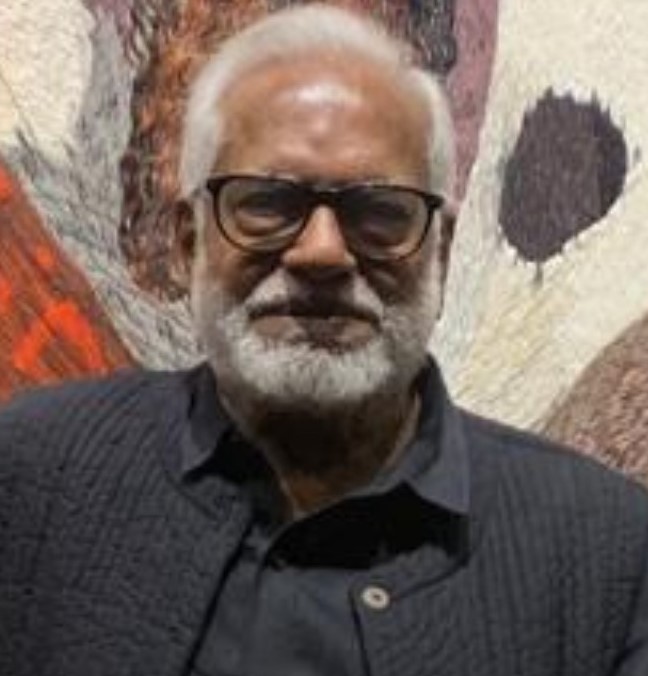
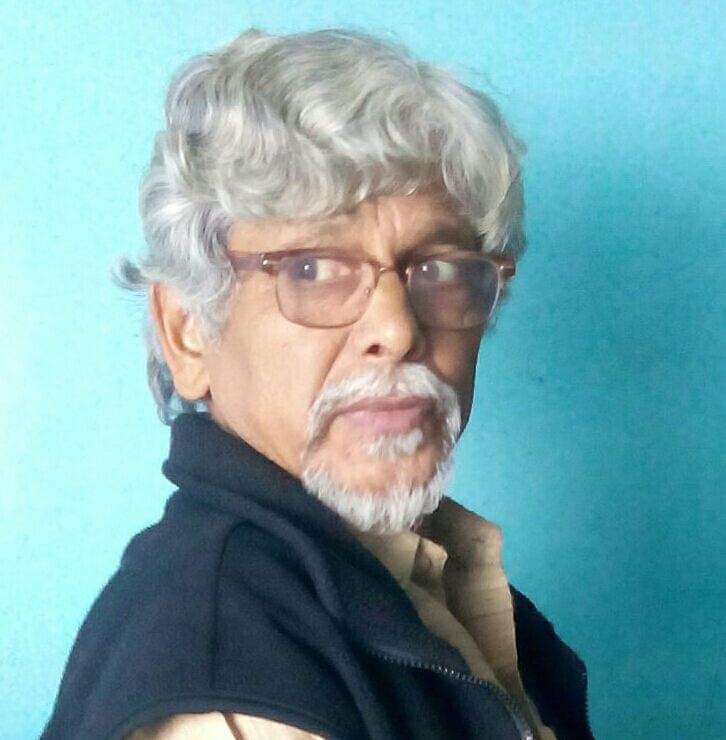
Leave a Comment